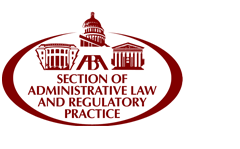Article Title
New Governance, Financial Regulation, and Challenges to Legitimacy: The Example of the Internal Models Approach to Capital Adequacy Regulation
Volume
62
Issue
3
First Page
783
Abstract
This Article considers the application of “new governance” theory and scholarship to financial regulatory reform by examining the recent trend of incorporating proprietary internal risk models into capital adequacy regulatory regimes. I contend that theoretical scrutiny of the methodologies and tools by which financial institutions are regulated—especially the modes of interaction between financial firms, their regulators, and other nonstate stakeholders—is relatively underemphasized in financial regulation legal scholarship. New governance scholarship focuses on these modes of interaction and tools of governance as primary units of inquiry, and offers important insights into the causes and potential remedies of regulatory dysfunction, as well as the dangers associated with increased involvement of regulatees and other nonstate actors in regulatory processes.
This Article finds that the bank regulators adopted this “internal models approach” to capital adequacy in order to bridge information deficits that had grown between regulators and the increasingly complex financial institutions they regulated. Banks developed a new financial “code” using advances in computer technology and theoretical finance, which accelerated the complexity paradigm of post-Bretton Woods finance. Regulators were overwhelmed and sought to use the new financial code to better comprehend the banks’ operations. Despite its manifold advantages as a new governance tool in a highly complex and dynamic regulated field, the internal models approach falls into traps familiar to new governance reforms that render it susceptible to literal and softer forms of agency capture, and which compromise its democratic legitimacy and effectiveness.
